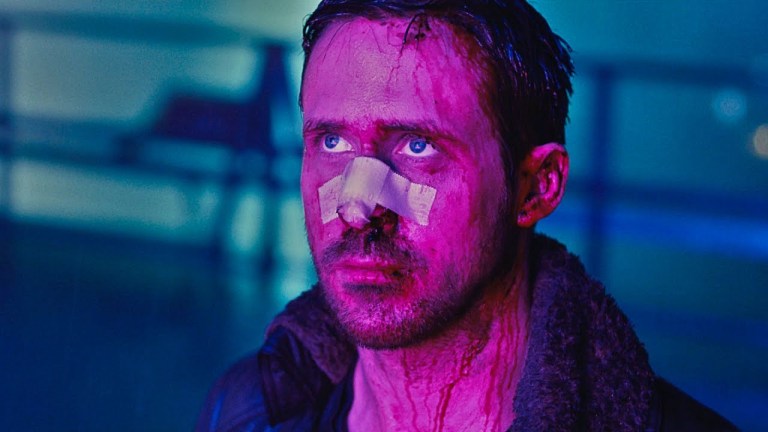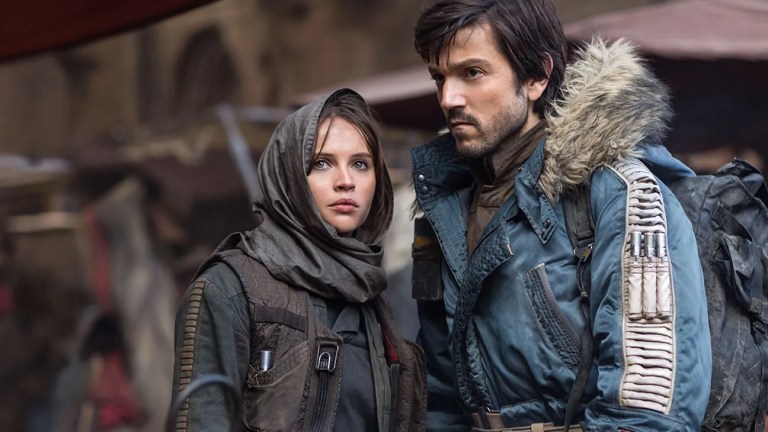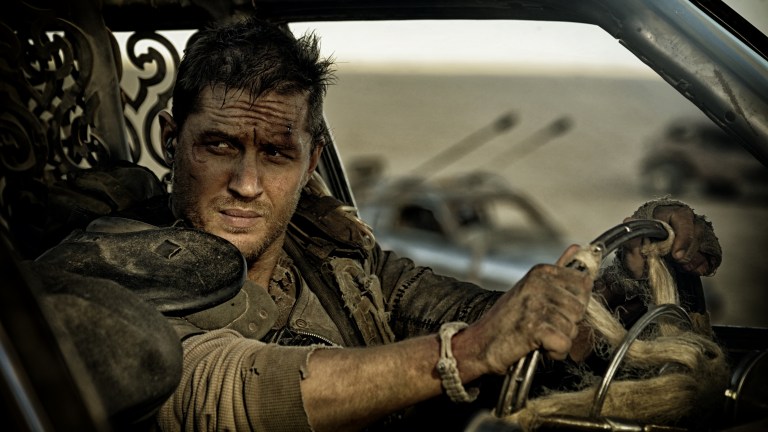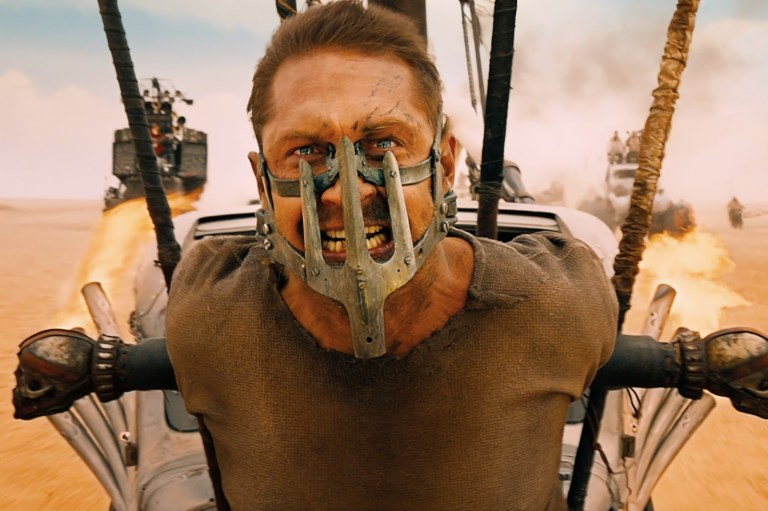
10 Years Later, ‘Mad Max: Fury Road’ Stands Out As Hollywood’s Last Great Action Blockbuster
"Where must we go... we who wander this wasteland in search of our better selves?"
George Miller’s Mad Max: Fury Road is Fast & Furious for cinephiles.
No, really, it is. Released in 2015, the all-action blockbuster refuses to tap on the brakes for a split second, climbing up the gears and accelerating into joyride terrain for its entire 120-minute runtime – but at least the cars don’t fly off to the moon or face off against the dinosaurs from Jurassic Park (that’s the plot for Fast 13 by the way).
At the same time, Mad Max: Fury Road is universally regarded as one of the best films ever made, being recognized at awards ceremonies and finding its way onto multiple top 10 lists of 2015. Yet, despite this widespread acclaim, it deserves even more praise. Blow some hot air up this film’s butt, because it really is the last true great action movie of its generarion. No one has been fit to shine Miller’s dusty shoes since this movie’s release.
It rebooted the franchise without making anyone miss the original trilogy
Prior to 2015, mention Mad Max to anyone, and they would say, “Oh, those action movies set in a post-apocalyptic wasteland with Mel Gibson, right? They were pretty good.” It’s a fair assessment. The first three Mad Max films didn’t disappoint – also, a special shout-out to the late Tina Turner who was glorious as Aunty Entity in Mad Max Beyond Thunderdome.
Miller envisioned a fourth entry in the series, which would have seen Gibson return as Max Rockatansky. However, the actor’s personal controversies saw Miller choose to recast the role, handing the steering wheel to Tom Hardy. Interestingly, Hardy wasn’t the first pick either, as Miller confirmed to The Daily Beast he had several conversations with Heath Ledger about the role before the actor passed away in 2008.
Regardless, Hardy fits the part of Max like a leather glove. Even though Gibson had become synonymous with the role, Hardy made it his own with his unique tough guy charisma and ability to say much with very little. By the end of Mad Max: Fury Road, no one was even thinking about Gibson anymore. All they wanted to know is if Hardy would play the character again.
That said, Hardy didn’t do this alone. His supporting cast was nothing short of first class. From Nicholas Hoult’s transformation into the wormy Nux to Hugh Keays-Byrne’s imposing presence as Immortan Joe and Charlize Theron’s fiery turn as Furiosa, there are countless standout performers to speak about. Everyone’s on song here, and the track blasting in the background is heavy metal.
‘Mad Max: Fury Road’ is one long car chase scene
The plot for Mad Max: Fury Road is simple: Furiosa helps several of Immortan Joe’s wives escape in the War Rig. The baddie takes his army and hunts down the Rig, while Max joins forces with Furiosa and the escapees. What ensues is a two-hour journey that’s all about the chase.
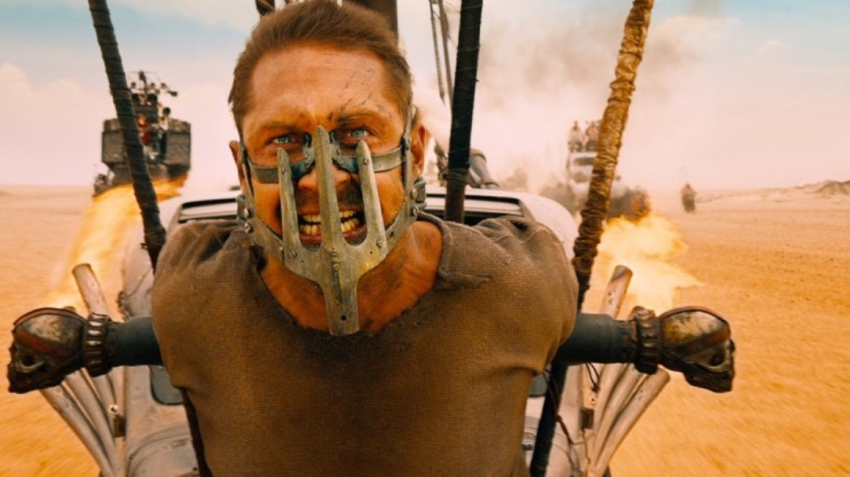
In a movie that refuses to take a breather, or even a sip of water, George Miller keeps the narrative moving at a fast pace, cleverly weaving the story in between the high-octane action scenes. Yet, this isn’t only guns and wheels, as Miller introduces imaginative sequences that push the boundaries of what’s possible with non-CGI visuals and stellar stunt work.
From rock concerts in motion to Cirque du Soleil-styled vehicular combat scenes, Miller serves up a visual feast, which is even more impressive when you learn that it featured 90% practical effects. Suffice to say, there’s no movie that ever looked like Mad Max: Fury Road before it hit the screen. It’s a jaw-dropping spectacle that forces everyone to up their game in order to keep up or get left behind. It’s the cinematic equivalent to the first time that someone saw the chariot scene from William Wyler’s Ben-Hur and realized what they were witnessing would change the future of movies forever.
It gave us Furiosa
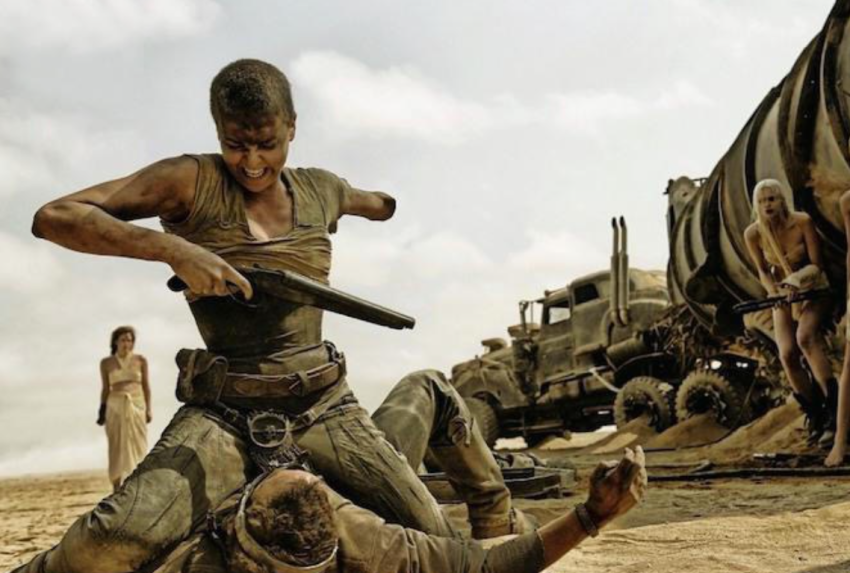
While the original Mad Max trilogy was all about the macho protagonist, George Miller takes a different approach in Mad Max: Fury Road by making Furiosa the epicenter of the film. She’s the real hero of the story, as she fights against the barbaric patriarchy established by Immortan Joe and attempts to free the women he uses as his own breeding factories. Despite the overwhelming odds against her, she refuses to back down or comply. Even Max appears reluctant to help at first, knowing this is a near-impossible mission, but it’s Furiosa’s bravery and defiance that encourages him to do the right thing.
Furiosa remains one of the best action heroines created in modern times, and it’s fair to say that Mad Max: Fury Road introduced her to the world, while the highly underrated Furiosa: A Mad Max Saga filled in the blanks and helped cement her legacy as an icon even further. It’s not every day, though, that a film with the main protagonist’s name in the title creates a supporting character that becomes the soul of the story.
Making Furiosa more important than Max is another example of George Miller’s big-swing filmmaking style in Mad Max: Fury Road. It would have been all too easy to do what he had done before, but the Australian filmmaker refused to settle for safe. He stepped outside of the comfort zone, challenging everyone else around him to do the same and take creative risks. Even Tom Hardy said he didn’t always see Miller’s vision while filming, eventually admitting that the director saw something no one else did. In the end, Miller created a masterpiece – a film that deserves to be hung in the Louvre.
